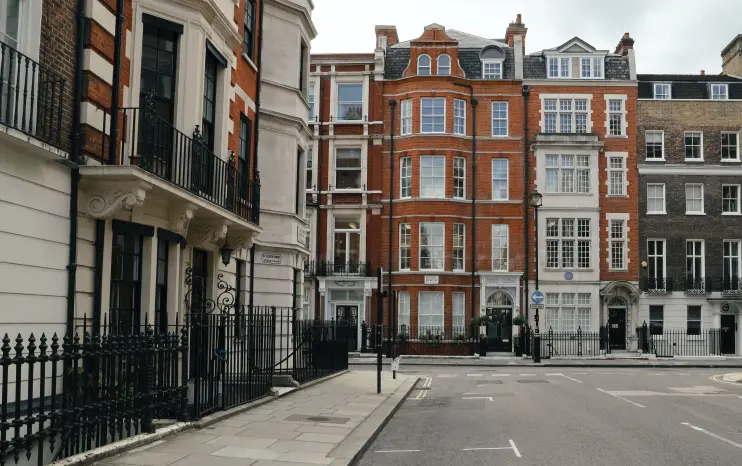
House prices in the prime London market have fallen year-on-year and are now back at 2014 levels, according to new data from Lonres.
Figures from the property consultancy showed house prices in prime London are now 2.5 per cent below their pre-pandemic level having fallen by 7.1 per cent annually.
Activity in the prime London sales market is up, however: the number of properties put on the market in January and the number of properties under offer grew by 4.2 per cent and 5.4 respectively last month.
“Sentiment appears to be gradually improving for the prime London sales market,” Head of Research at Lonres, Nick Gregori, said.
Activity in the market for houses worth more than £5m has seen the biggest pickup in activity with listings up 50 per cent compared to 2019 levels.
Lonres was less optimistic about the rental market, however. It recorded a 60 per cent drop in the number of properties for let compared to the pre-pandemic average. The number of properties for let declined by 11.5 annually.
Rental growth in prime London slowed, too – although average rents are still over a quarter above their pre-pandemic average.
“Rents may have peaked in late 2023, with further growth unlikely in the short term… available stock is growing, particularly at weekly rents above £1,000,” Gregori said.
There is a discrepancy between areas of London, with the value of ultra-central properties growing more slowly than anywhere else.
House prices in South Kensington and Chelsea have dipped by 2.5 per cent and 0.9 per cent respectively in the last ten years.
Property prices in Mayfair & St James have risen by nearly a fifth since 2014, the only central London prime area to show significant growth.
This is likely due to a new supply of high-end developments concentrated in Mayfair & St James, according to Lonres.
Fitzrovia, Bloomsbury & Soho saw the highest-value growth in the last decade, at nearly a third. Areas outside Central London grew by an average of 18.6 per cent.
Rents across London as a whole (including prime London) grew by 6.7 per cent in January, according to data from the Office of National Statistics.